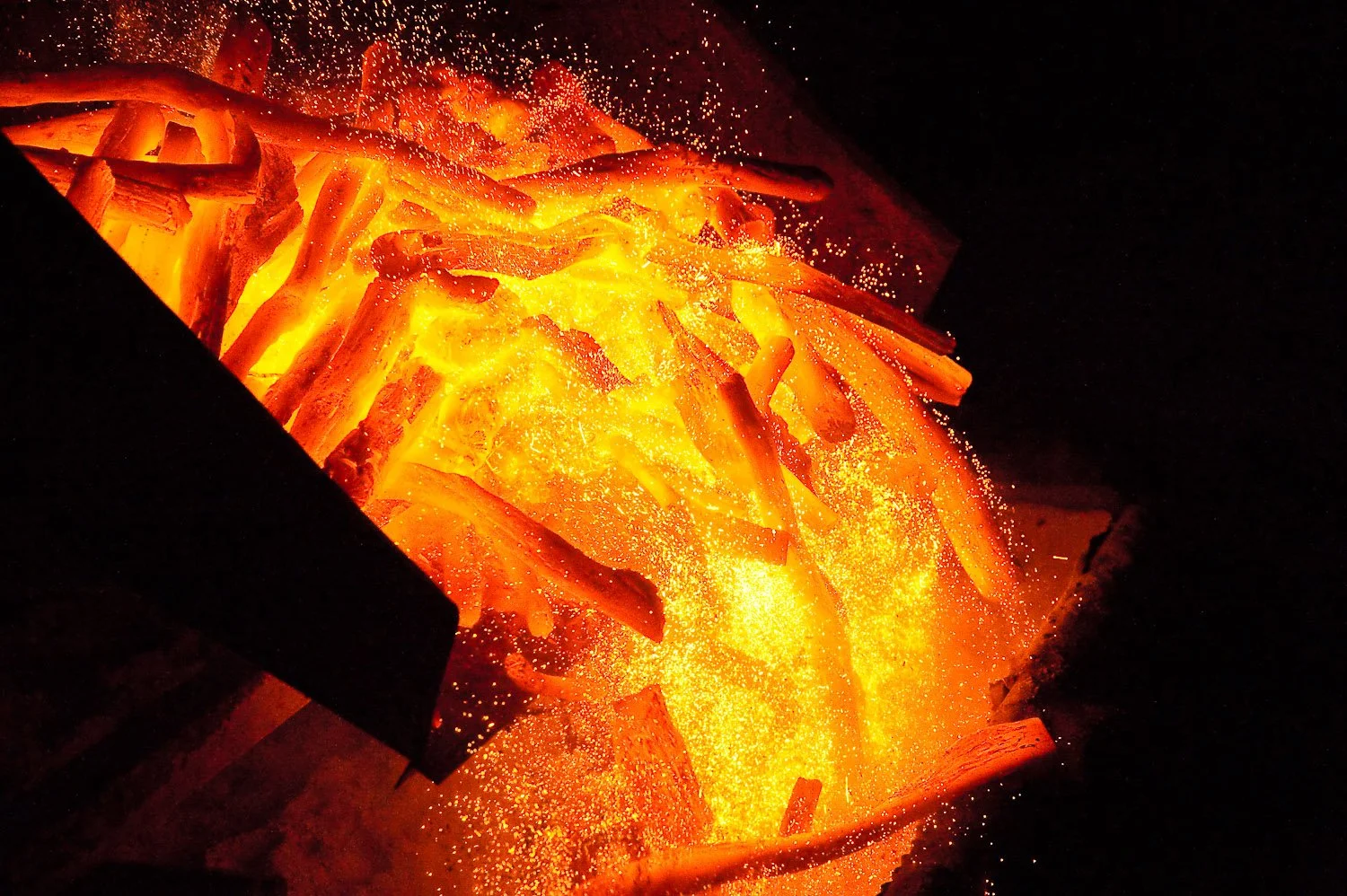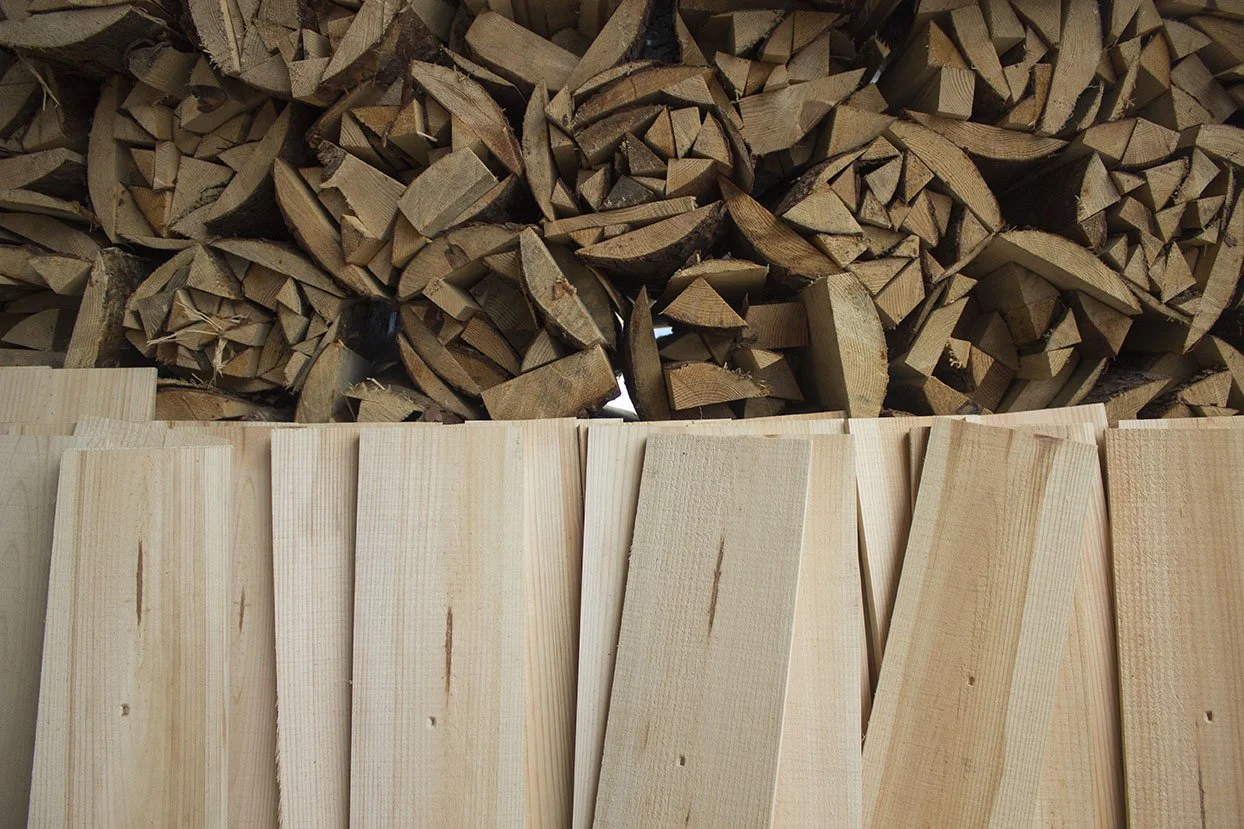From the Kilns of Kishu: The Making of Binchotan Charcoal
For all the attention paid to the wonders of activated charcoal, you’d think its creation was a recent phenomenon. In fact, binchotan — a form of activated charcoal made in Japan — is a product of one of the oldest civilizations in the world. From its humble beginnings in the fire pits of Wakayama to its modern use as a water purifier and skin cleanser, binchotan is a natural resource that continues to fascinate.
Japanese charcoal-making goes back to around 12,000 BC, known in Japan as the Jomon period. At the time, the people of Japan lived mostly in simple huts and hunted and gathered for sustenance; charcoal was the fuel for fires that cooked meals and heated homes. By Japan’s Edo period, the production of charcoal had advanced significantly — especially in the coastal Kishu region of Wakayama Prefecture, where the warm, wet climate created perfect conditions for the growth of ubame oak, a tree prized for its ability to hold heat and yield a long burn. To this day, the ubame oak is the official tree of Wakayama Prefecture.
It was from this unique local resource that the craftspeople of Kishu created binchotan, a high-quality charcoal widely lauded for its innate purifying abilities. This new charcoal eventually became so valuable that its producers would offer pieces of it as a form of payment.
As it has been for centuries, binchotan charcoal is made using a special fig-shaped kiln known as a “bincho kiln.” Built with red clay cut from the mountains of Kishu, bincho kilns can reach temperatures of 1,000 °C and retain heat for weeks on end. Binchotan craftsmen line up branches vertically inside the kiln and supervise the gradual firing process, which can take up to 14 days. Once the coals become red-hot, the charcoal is pulled from the kiln and quickly smothered with a mixture of ash, earth and sand to cool and carbonize the wood.
All told, it’s a time-consuming process, and not everyone can do it: Binchotan craftsmen train for years to develop the skills necessary to yield the best possible charcoal. Though Japan produces 1,800 tons of charcoal per year, binchotan charcoal accounts for only a small portion of that amount. In fact, only 3% of Japan’s charcoal is made in Kishu.
To tell the difference between Kishu binchotan and normal charcoal, simply tap two branches together: While normal charcoal makes a dry, hollow sound, binchotan makes a metallic clink not unlike porcelain, a sure sign of its quality and provenance.









